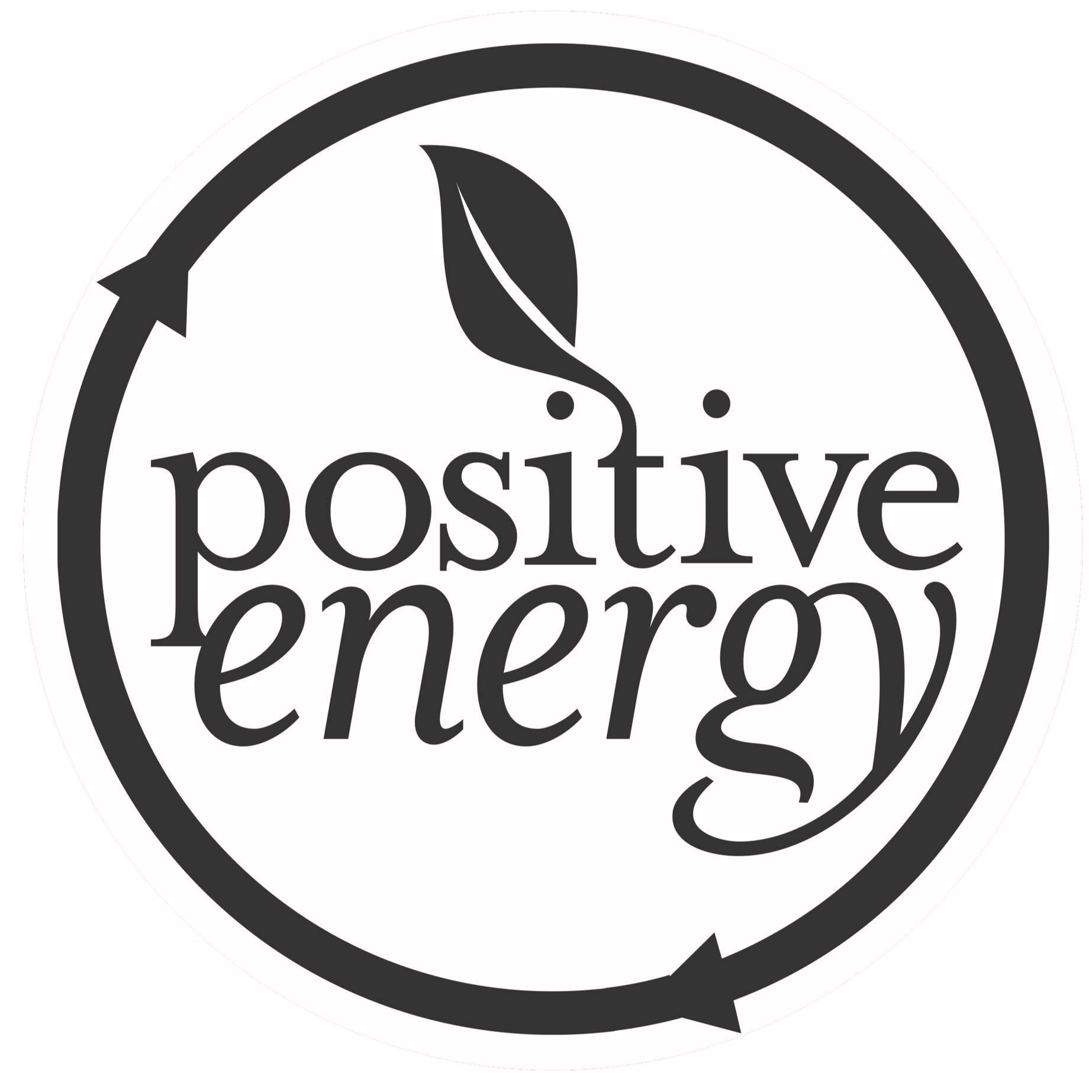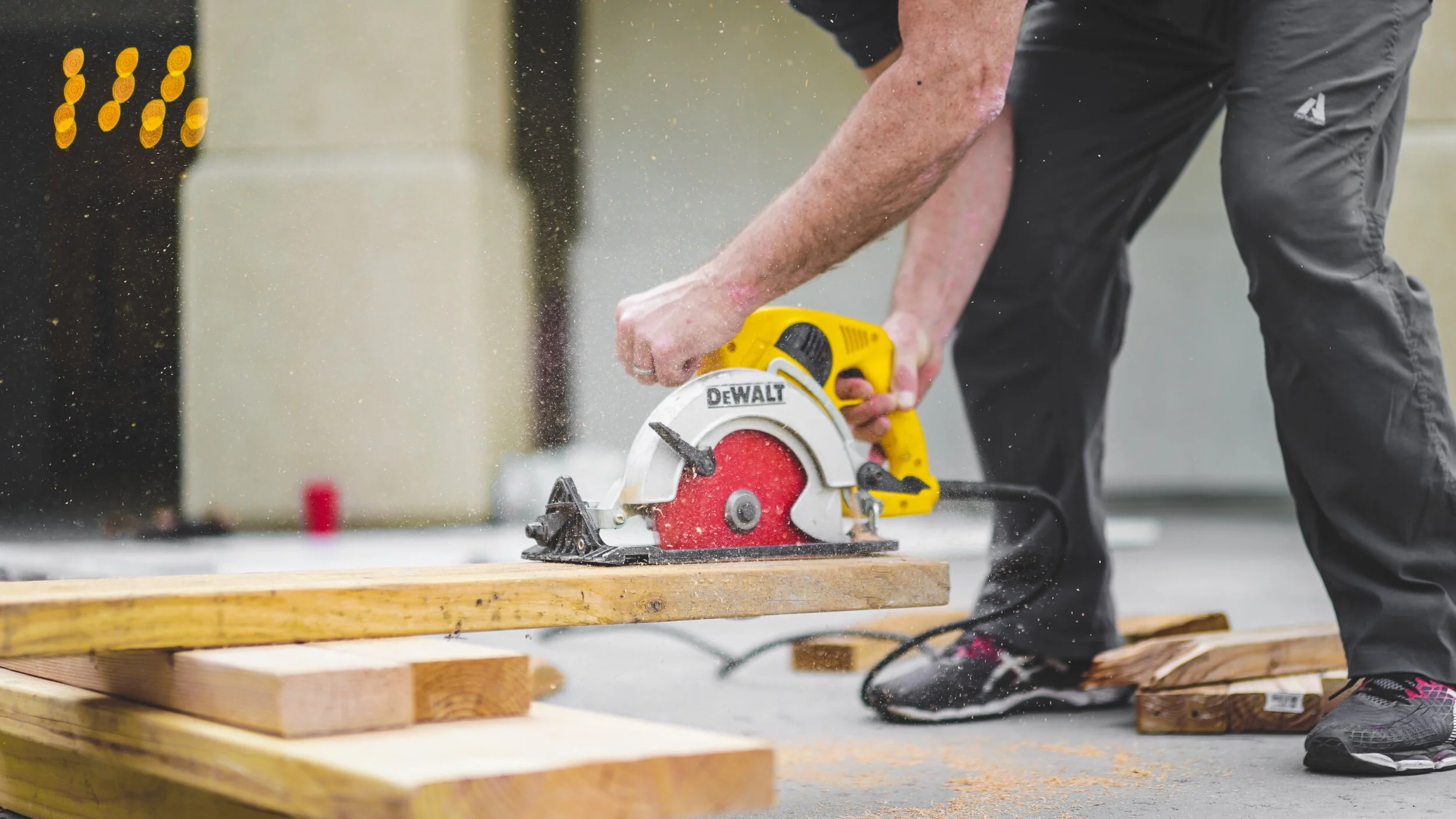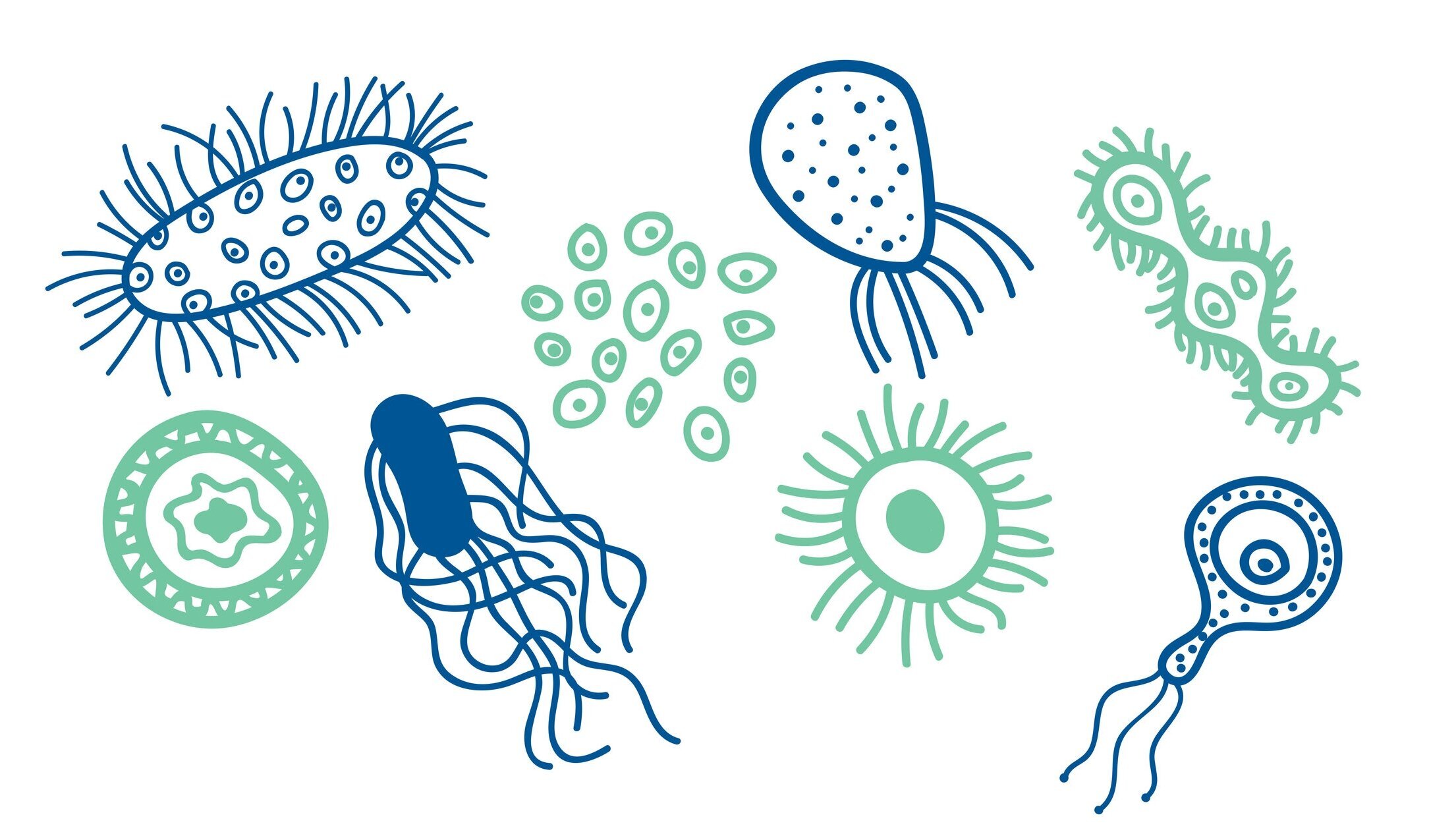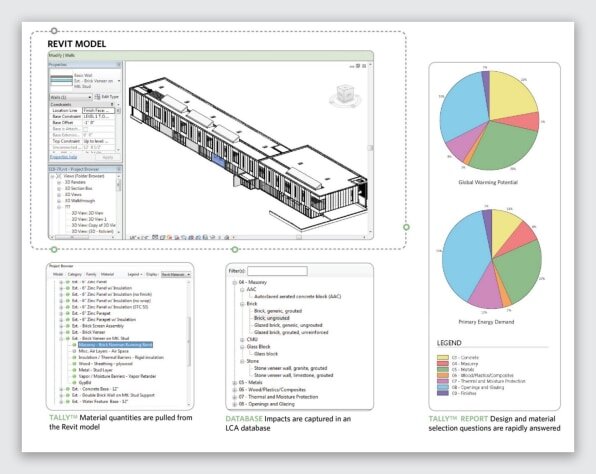Building Science is a discipline that is more popular now than it has ever been since its inception. There are several reasons for the newfound popularity, from a growing research body to broader public appeal as media channels proliferated the information landscape. The discipline moved from relative obscurity into the edges of popular culture in a short time. As more and more people consume content about various enclosure or space conditioning products, it is critical that we as professionals and human beings take a step back and remind ourselves what we’re doing and what the function of building science is in this industry and in our larger global society.
Read MorePossibly one of the most significant climate issues pertaining to the built environment was addressed during the final days of the Trump administration. Yes, you read that correctly. It’s been a weird last few years and in accordance with that strangeness, Congress managed to quietly slip into the recent pandemic relief bill one of the most important pieces of climate-focused legislation in at least the last 4 years, signed into law by former president Donald Trump. A nice, albeit odd, overture to the Biden administration announcement that the US will rejoin the Paris climate agreement, wouldn’t you say? So while you waited for your $600 check, this new law began to turn the wheels of regulatory change for a good swath of the manufacturing industry and will no doubt impact the AEC industry as well.
But what exactly got passed?
Read MoreArchitectural design exists at the confluence of creativity and data, an intellectual space that presents hard problems to solve. What may be the best path to a high performing building may fall completely flat in the realm of inspiration. The inverse is also true — what may be an incredible feat of creative potential in form may completely lack necessary function. So how do we successfully reconcile the age old question of form and function to create beautiful, uplifting spaces that also perform across a range of metrics that benefit occupant and planet? Enter environmental design.
Read MoreIf wildfires are to be a more frequent and intensive aspect of life in the US and future pandemics are not out of the question, how do homeowners start addressing their air quality to improve the safety their homes can provide? We’ve heard from many clients, friends, and family members in wildfire affected areas asking questions like this so we thought it was worthwhile to expand our air quality focus beyond just SARS-CoV-2 and provide some meaningful content that can serve wildfire sufferers as well. Enjoy some applied scientific guidance on the topic of portable room air cleaners (or PRACs).
Read MoreIn an effort to broadly provide resources to our clientele and audience, we’ve written articles on the topics of health precautions for construction job sites and designing for healthy environments while reducing pathogen spread. We’ve released podcast episodes on the impact of ventilation and filtration on virus transmission. But now it’s time to talk about a serious elephant in the room as it pertains to coronavirus spread - air conditioning.
Read MoreWe’re thrilled to provide 4 fantastic sessions for this year’s conference. It’s not just for Austin architects - all are welcome. We can’t wait to see you there! Starts Wednesday so get your tickets quick.
Read MoreDespite surging cases in the US, construction has not stopped in most states. As we know, houses and buildings can't be built over a Zoom call. We all need to do all we can to end this period of uncontrolled community spread, particularly on construction jobsites since construction workers have been so hard hit by infections. Like any construction project, there are both quantitative and qualitative requirements of a team to bring a building to life. With these facts in mind, we offer the following list of ways to support the health of your construction team on the jobsite.
Read MoreWe just finished reading a recently released by the Rocky Mountain Institute in partnership with Mothers Out Front, Physicians for Social Responsibility, and The Sierra Club about the health and air quality impacts of gas ranges in homes. The results are sadly unsurprising (at least not surprising if you’ve spent any time at all reading about the indoor air quality crisis). Over 40 years of evidence indicates that gas stoves, common in kitchens across the United States, can lead to unhealthy levels of indoor air pollution.
Read MoreBefore us is a once in a generation opportunity to rebuild the world. Now is the time for clarity and confident action. Post-COVID, we can choose to build a world that brings public health, both mental and physical, to the forefront of the built environment. A world where the invisible aspects of architecture that impact our lives move to the front and center of the design process. A world where we recognize the power of collective individual action and we question the true reasons behind our old paradigms.
Read MoreIn case you missed last week’s meeting, it was the first collaboration between our very own Building Science Philosophical Society crew and the good folks of the BS + Beer show back east. The show was a lot of fun and the video was recorded so you don’t have to miss a thing.
Read MoreAll around the globe, the pandemic has created something of a "gap" between what came before and what will come after. Let's use this gap as an opportunity to change paradigms while traditional practices are somewhat less solid. Paying attention to paradigms is what matters most during this time between the old normal and the new normal.
Read MoreOurs is the indoor generation. We spent the vast majority of our lives in indoor environments of our own making. What if these environments were viewed as highly functional systems to provide for human health, comfort and well-being? This was where the societal conversation existed when it ran into a head-on collision with the Novel Coronavirus pandemic. At this point, we find ourselves at a profound inflection point, ruminating on what will change in our society as we move forward.
Read MoreA compilation of resources for management of the indoor environment during the COVID-19 epidemic from the state of Maine’s Indoor Air Quality Council. We thought these would be useful to our readers. Let us know if you find any additional resources that would be good additions.
Read MoreWe’re writing you today to express our sentiment of solidarity in these strange and uncertain times. Now is the time to stay informed and also to stay calm. We are confident that working together, as people who care deeply about the world, we’ll make it through this.
Read MoreNow, more than ever, there is a tremendous amount of attention on how interconnected we are to our immediate environmental conditions (and to each other) as the spread of the Novel Coronavirus has reached a pandemic level. We were inspired by the recent NYT Opinion piece, titled “Your Building Can Make You Sick Or Keep You Well” by Dr. Joseph G. Allen, director of the Healthy Buildings program at Harvard T.H. Chan School of Public Health, and wanted to take a few moments to clue you into the way Positive Energy thinks about buildings, their mechanical designs, and the impacts of our design/engineering decisions on indoor air quality.
Read MoreThe AIA should absolutely follow the example that our UK counterparts have laid out and move our own awards programs toward one that measures multiple dimensions of quality and beauty. After all, if we’re not designing projects focused on sustainable outcomes, we’re not upholding our ethical duties as the design professionals who are responsible for managing many resources and their associated carbon profiles.
Read MoreA fantastic article by Stephanie Carlisle of KieranTimberlake on the role of architects in curbing the AEC industry’s impact on climate change.
Read MoreHeat pumps are so common in our lives that we ordinarily fail to notice them. That said, if you live indoors chances are that you interact with a heat pump every day. This is because that refrigerator in your kitchen is a heat pump. Do you trust it to do its job reliably? Generally speaking, refrigerators are not all that exciting. They just do their jobs day after day. Like all machines, they can and do fail over time but overall your refrigerator is solid. In my own home I’ve replaced the dishwasher twice but still have the same fridge keeping my food fresh and ice frozen after 20 years. This reliability is due to the fact that at the core of your refrigerator are simple, reliable, inexorable laws of physics.
Read MoreAre we currently experiencing peak spray foam? As of this writing in December 2019, foamed plastic insulations have become defacto norm in our industry here in central Texas, but market forces and societal goals may be aligning to bring that reality to an end.
Read MoreThis article, published in Texas Construction News, proposes that the current industry focus on sustainability can be contextualized as part of a long term arch toward the reunification of form and function in architecture.
Read More



















